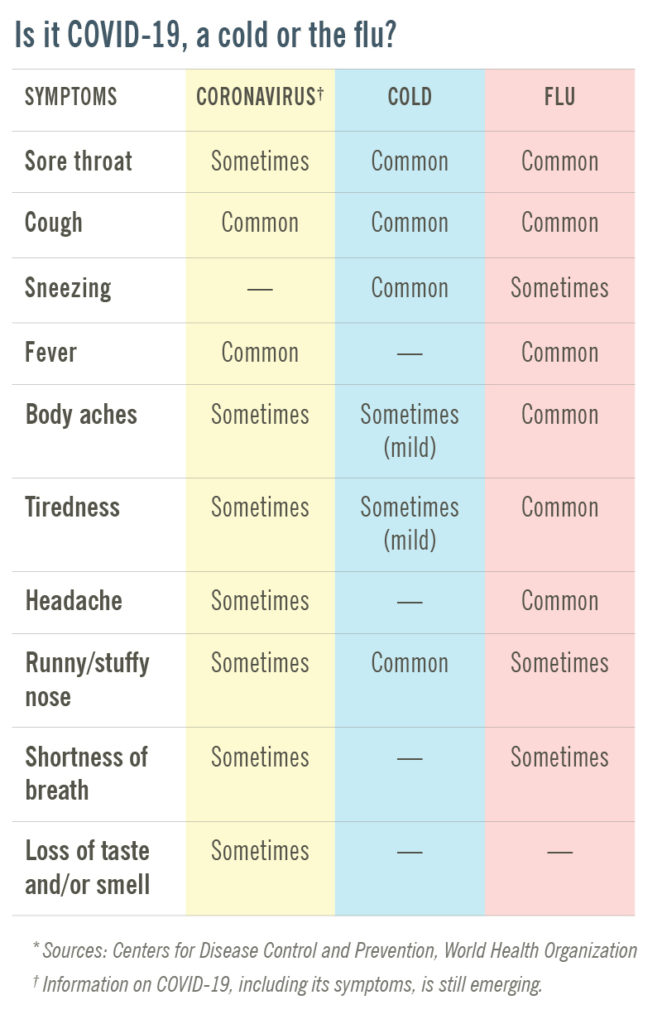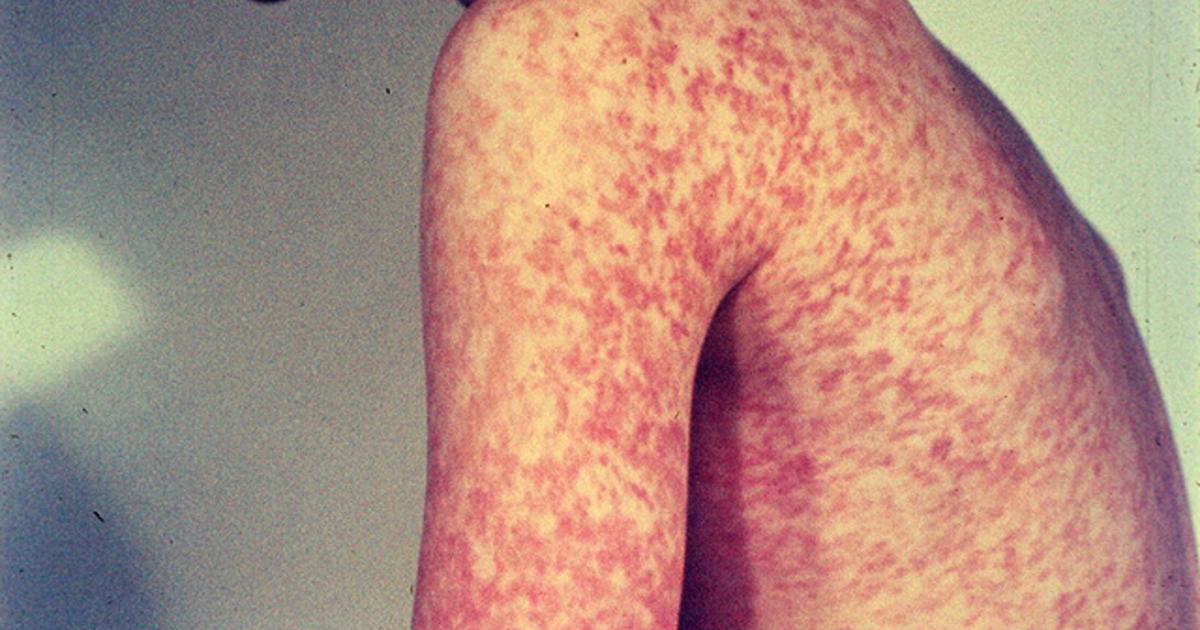
Antibiotics are not effective against cold viruses, as you've likely heard. You can try natural remedies like Turmeric and Elderberries or chicken noodle soup. These remedies will all make you feel more energetic and help you feel better sooner. Keep these remedies in your mind for at minimum 24 hours. Continue reading to find natural remedies for the flu and cold if you aren't feeling well.
Antibiotics do not work against cold viruses
While antibiotics can treat a congested or aching head, they do not work against viruses. In fact, antibacterial drugs will only kill bacteria and are ineffective against viruses. Doctors may prescribe antibacterial drugs to treat specific conditions. However, they can be dangerous. Here's why. Let's take a look at the facts about antibiotics and cold viruses. This information is intended to help you make an informed decision when it comes to taking a course in medicine.
Turmeric
Raw honey has natural antibiotic properties and is great for treating colds and flus. It is combined with turmeric to create golden honey. Regular consumption of this tea can prevent the flu and keep your body healthy. Make it at home by simply adding honey and turmeric water to the boiling water. Store it in an airtight glass jar. It can also help soothe sore throat and other symptoms of colds and flu.

Elderberries
Some evidence has been presented that elderberries are effective in treating colds and flus. It is important to remember that studies cannot prove the effectiveness of elderberry products. Because elderberry products can have side effects and interactions with other medications, this is a problem. Elderberries should be consumed in moderation. Avoid elderberries if you're pregnant or nursing.
Chicken noodle soup
A popular soup for colds and flu is chicken noodle soup, a delicious and nutritious way to heal the body and improve your mood. This soup is high in antioxidants that fight free radicals as well as cellular damage. Chicken noodle soup also contains vitamins and protein, which help boost the immune system and fight off infections in the body. Its heat can relieve symptoms of cold symptoms and help clear up nasal passages.
Intranasal steroid sprays
As an over-the counter medicine, you can purchase intranasal steroids for the flu and cold. Some are only available with prescription. You can either use the spray for a longer period of time or only when it is needed. The spray should be used at least two weeks before symptoms start if you have hay fever. The spray can take a few weeks to work so be sure to read the label. Talk to your doctor or pharmacist if you have any questions about how to use the spray.

Vitamin C
Vitamin C is high in citrus fruits and many people turn to Vitamin C as a cold and flu remedy. It does not cure a cold. However, it can reduce the symptoms. Research shows that those who consume approximately 200 mg of Vitamin C daily feel better sooner and experience fewer severe symptoms. Vitamin C supplements are popular, but doctors recommend that people eat foods rich in vitamin C such as red bell peppers, papaya, and lemon juice.
FAQ
What are 10 healthy lifestyle habits?
-
Eat breakfast every day.
-
Don't skip meals.
-
Be balanced.
-
Drink plenty of water
-
Take good care of your body.
-
Get enough rest.
-
Avoid junk foods.
-
Get at least one form of exercise each day.
-
Have fun
-
Meet new people.
How often should you exercise?
Fitness is key to a healthy lifestyle. You don't have to exercise for a certain amount of time. The key is finding something you enjoy and stick with it.
If you work out three times a week, then aim to complete 20-30 minutes of moderate intensity physical activity. Moderate intensity means you'll still be breathing hard after you've finished. This type workout burns about 300 calories.
Walk for at least 10 minutes four days a weeks if you prefer walking. Walking is low in impact and easy for your joints.
Jogging three times a week for 15 mins is enough if you want to run. Running is an excellent way to lose weight and tone your muscles.
You should start slowly if it's your first time exercising. Start with just 5 minutes of cardio a few times a week. Gradually increase the amount of cardio you do until you reach your goal.
How can my blood pressure be controlled?
It is important to first understand what high blood pressure is. Then you need to take steps to reduce this cause. You can do this by eating less salt, losing weight, or taking medication.
Make sure you're getting enough exercise. If you don’t have enough time to exercise regularly, consider walking more often.
You should join a gym if you are unhappy with your exercise routine. You'll probably want to join a gym where there are other people who share your goals. It is easier to adhere to a fitness routine when someone else will be there with you.
What is the difference of a virus from a bacteria?
A virus is an organism microscopic that can't reproduce outside its host cells. A bacterium is a single-celled organism that reproduces by splitting itself in two. Viruses are small, around 20 nanometers in size. Bacteria are much larger, at 1 micron.
Viruses are spread via contact with infected bodily liquids such as urine, saliva, semen and vaginal secretions. Bacteria are often spread via direct contact with contaminated surfaces or objects.
Viruses can enter our bodies through cuts, scrapes, bites, or other breaks in the skin. They may also enter through the nose, mouth, eyes, ears, vagina, rectum , or anus.
Bacteria can be introduced to our bodies by cuts, scrapes or burns. They may also come into our bodies through food, water, air, soil, dust, or animals.
Viruses and bacteria both cause illness. Viruses can not multiply within the host. Viral infections can only cause diseases in living cells.
Bacteria can multiply within their hosts and cause illness. They can even invade other parts of the body. We need antibiotics to get rid of them.
Why does weight change as we age?
How do I know if my bodyweight changes?
Weight loss happens when there is less muscle mass and more fat. This means that daily calories should be less than daily energy. Low activity levels are the most common cause for weight loss. Other reasons include poor eating habits, stress, hormone imbalances, certain medications and illness. Weight gain is when there are more calories than muscle mass. It happens when people eat more calories than they use during a given day. Common reasons include overeating, increased physical activity, and hormonal changes.
The primary reason we lose weight is that we consume less calories than what we burn. By exercising regularly, our metabolism rates increase which in turn burns more calories during the day. But, this does not mean that we will be thinner. It is important to know if we are losing weight or gaining muscle. If we're burning more calories than we're consuming then we're going to lose weight. If we consume more calories that we burn, we are actually storing them in fat.
As we age we tend to be slower in moving and thus we don't move nearly as much. We also tend have less food to eat than when our children were young. As a result, we gain weight. However, our muscle mass is more important than we realize and makes us appear larger.
Without regularly weighing yourself, it is impossible to gauge how much weight you have lost. There are many ways you can measure your weight. You can check your waist size, your hips, your thighs, your arms, etc. Some people prefer using bathroom scales and others prefer tape measure.
If you want to track your progress, you should try weighing yourself once a week and measuring your waistline once a month. You can also take photographs of yourself every few years to track how far your progress has been.
You can also look up your height, weight and body measurements online to determine how much you weigh. If you're tall at 5'10", and weigh 180lbs, your weight would be 180.
Statistics
- This article received 11 testimonials and 86% of readers who voted found it helpful, earning it our reader-approved status. (wikihow.com)
- WHO recommends reducing saturated fats to less than 10% of total energy intake; reducing trans-fats to less than 1% of total energy intake; and replacing both saturated fats and trans-fats to unsaturated fats. (who.int)
- WHO recommends consuming less than 5% of total energy intake for additional health benefits. (who.int)
- According to the Physical Activity Guidelines for Americans, we should strive for at least 150 minutes of moderate intensity activity each week (54Trusted Source Smoking, harmful use of drugs, and alcohol abuse can all seriously negatively affect your health. (healthline.com)
External Links
How To
What does the meaning of "vitamin?"
Vitamins can be described as organic compounds found in food. Vitamins help us absorb nutrients from foods we eat. Vitamins are not made by the body, so they must be obtained through food.
There are two types: water-soluble and fat-soluble vitamins. Water-soluble vitamins dissolve quickly in water. You can find vitamin C,B1 or thiamine, B2 or riboflavin and B3 or niacin, B3/niacin, B6/pyridoxine, folic Acid, biotin and pantothenic Acid as examples. The liver and fat soluble vitamins are stored within the liver and in fatty tissue. Examples include vitamin D, E, K, A, and beta carotene.
Vitamins can be classified according to biological activity. There are eight major categories of vitamins.
-
A - essential for normal growth and maintenance of health.
-
C - vital for proper nerve function, and energy production.
-
D - essential for healthy bones, teeth, and gums.
-
E - needed for good vision and reproduction.
-
K - required for healthy muscles and nerves.
-
P - vital for building strong bones andteeth.
-
Q - aids digestion, absorption and absorption iron
-
R - Required for red blood cell production
The recommended daily allowance of vitamins (RDA), varies according to age, gender, physical condition, and other factors. The U.S. Food and Drug Administration has established the RDA values.
For adults over 19 years, the RDA is 400 mg per day for vitamin A. For fetal development, pregnant women need 600 mg per day. Children ages 1-8 require 900 micrograms per day. Infants below one year old require 700mg per day. But, between 9 months to 12 months, the amount drops to 500mg per day.
Children aged 1-18 years need 800 micrograms daily, while children overweight require 1000 micrograms per days. Children who are severely obese or underweight will need 1200 micrograms each day.
Children ages 4-8 years who have been diagnosed with anemia need 2200 micrograms per day of vitamin C.
Adults over 50 years of age need 2000 micrograms per day for general health. Mothers who are pregnant, nursing, or have a high nutrient need will require 3000 micrograms a day.
1500 micrograms is the recommended daily intake for adults aged 70+, who lose approximately 10% of muscle each year.
Women who are pregnant or lactating need more than the RDA. Pregnant women require 4000 micrograms daily during pregnancy, and 2500 micrograms every day after birth. Breastfeeding mothers need 5000 mg per day when breastmilk is being produced.